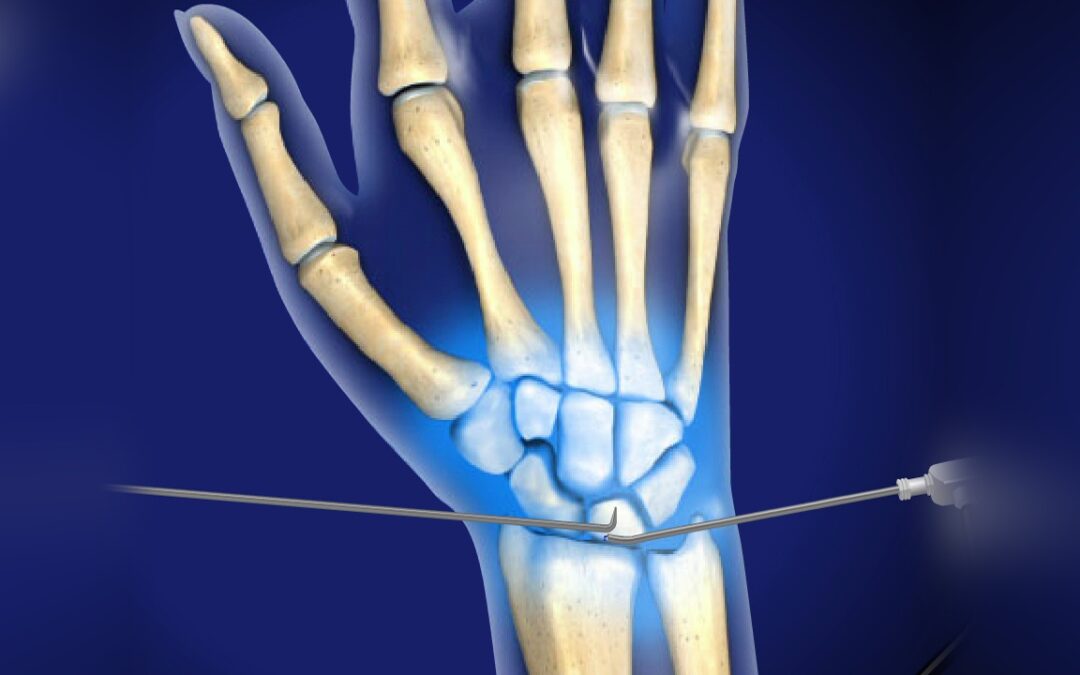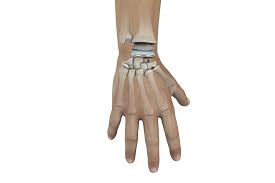Thumb Arthritis
The first carpometacarpal joint (CMCJ) is the joint at the base of your thumb. It is a saddle joint, which means that it allows for a wide range of motion in all directions. Thumb 1st CMCJ arthritis is a condition that causes pain, swelling, and stiffness in this joint. It can make it difficult to use your thumb for everyday tasks, such as gripping objects, turning a doorknob, or picking up small items.
Who is a good candidate for thumb arthritis surgery?
Thumb arthritis surgery is a good option for people who have tried non-surgical treatments for thumb arthritis without success. Non-surgical treatments for thumb arthritis include:
- Splinting or bracing: The surgeon may recommend wearing a splint or brace to immobilize the joint and reduce pain.
- Injections of cortisone: The surgeon may inject cortisone into the joint to reduce inflammation.
- Physical therapy: Physical therapy can help to improve range of motion and strength in the joint.
If you have tried these treatments and your thumb arthritis is still causing problems, you may be a good candidate for thumb arthritis surgery.
What are the risks of thumb arthritis surgery?
The risks of thumb arthritis surgery are:
- Infection
- Nerve damage
- Scarring
- Loss of motion
- Recurrence of the arthritis
What happens during thumb arthritis surgery?
Mr Jabir is able to offer several options for thumb arthritis dependent on how significant the disease is. They include:
- Trapeziectomy: the trapezium bone is removed, which is the bone that articulates with the metacarpal bone at the base of the thumb. This procedure is usually performed if the arthritis is severe and has caused significant damage to the joint.
- Thumb joint replacement: if thumb joint arthritis is restricted to the trapezio-metacarpal joint and the thumb stable (i.e. it is within joint), you maybe a candidate to have the thumb joint replaced with a prosthesis (just like a knee or hip replacement)
- Trapezial-metacarpal arthrodesis: The surgeon fuses the trapezium bone and the metacarpal bone together. This procedure is usually performed if the arthritis is less severe and the goal is to stabilize the joint and reduce pain. This is not commonly performed as it significantly restricts thumb motion.
There are other additional options available that if appropriate will be discussed during consultation.
How long does thumb arthritis surgery take?
Trapeziectomy and thumb joint replacement typically take around 2 hours and is performed either by getting your entire arm numb (regional anaesthesia) or by putting you to sleep (general anaesthesia).
What is the recovery time for thumb arthritis surgery?
The recovery time for thumb arthritis surgery is typically 6-8 weeks. You will need to wear a splint or brace for 4-6 weeks. You will also need to avoid strenuous activity for 6-8 weeks.
What are the results of thumb arthritis surgery?
Thumb arthritis surgery is usually very successful in relieving pain and improving function in the thumb. However, there is a risk of recurrence of the arthritis.
Here are some additional tips for patients considering thumb arthritis surgery:
- Be realistic about your expectations. Thumb arthritis surgery may not completely resolve your pain if you have arthritis in the hand elsewhere.
- Choose a board-certified hand surgeon with experience in thumb 1st CMCJ arthritis surgery.
- Ask your surgeon about their aftercare plan.
- Be prepared for a lengthy recovery period.
- Be patient with your results. It can take up to a year for your thumb to fully heal.
Here are some frequently asked questions about thumb 1st CMCJ arthritis surgery:
- Do I need a trapeziectomy or can I have a thumb joint replacement? The answer to this question depends on how significant the arthritis in your thumb joint is as well as the rest of the joints close to the thumb. In short, if you have arthritis in the joints around your thumb joint you may not be suitable for a thumb joint replacement and instead, a trapeziectomy may serve you better in the long run.













